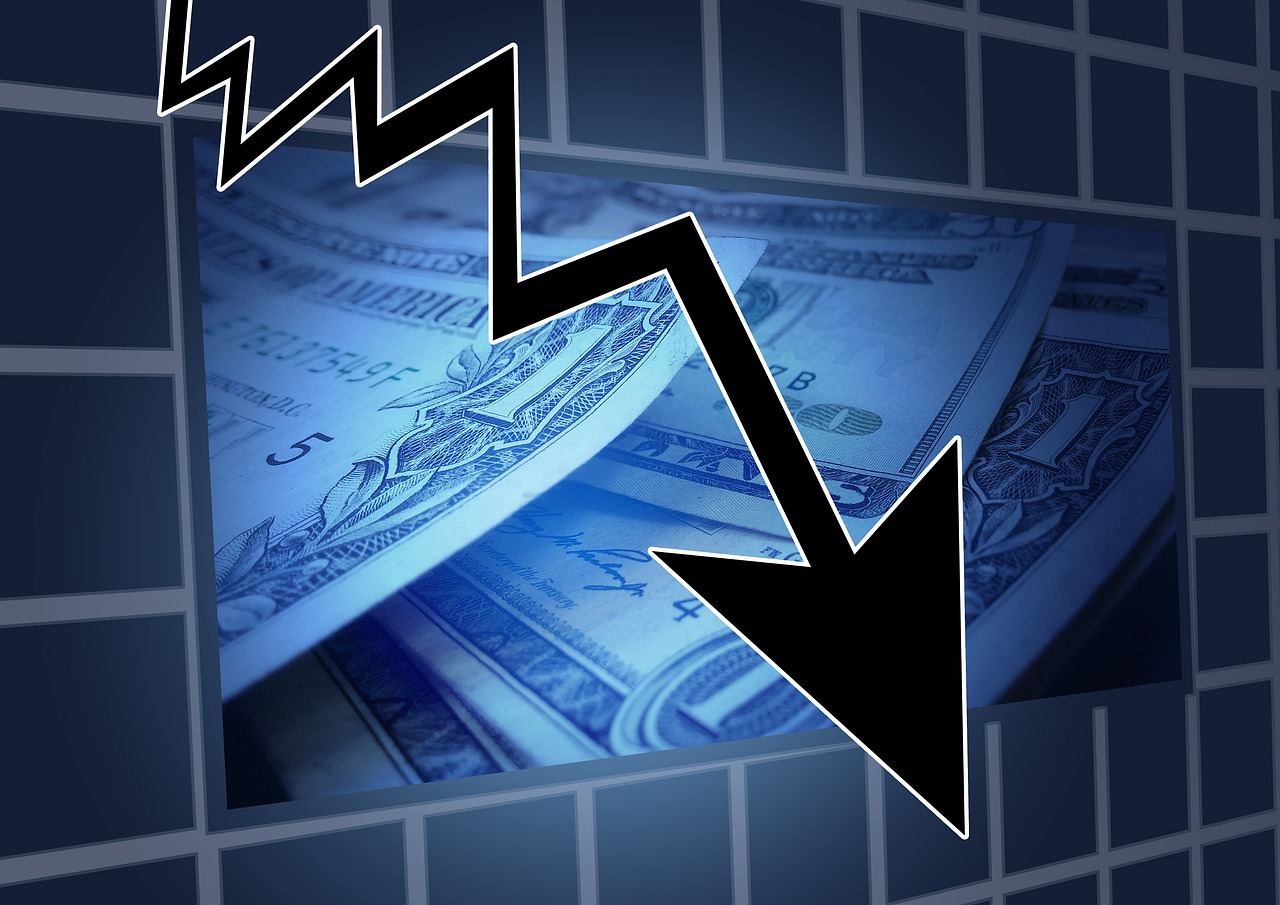By David Crane.
Several reporters have asked about the consequences of CalPERS’s weak investment earnings. Although CalPERS has not issued an actuarial report since June 30, 2014, one can draw an inference that its Unfunded Liability has grown about $50 billion since then, to $140 billion. Here is how you get there:
Start from this chart on page 120 of CalPERS’s 2015 annual report:
The “Actuarial Accrued Liability (AAL)” in column three shows pension liabilities as of 6/30/14 were $395 billion, up from $210 billion nine years earlier. That’s a 7.27% annual growth rate, which makes sense since pension liabilities grow at the discount rate (7.5%), less any amortization. Assuming the same 7.27% growth rate, AAL as of 6/30/16 should have climbed to roughly $454 billion.
The “Actuarial Value of Assets” in column one shows assets as of 6/30/14 were $301 billion. CalPERS earned 2.4% in the 2015 fiscal year and 0.61% in the most recent fiscal year ending 6/30/16. (CalPERS also received pension contributions from employers and employees but, as indicated on page 42 of its annual report, in 2015 those were less than benefit payments. Let’s give CalPERS the benefit of the doubt and assume that contributions = benefit payments and therefore the impact on Assets was neutral.) This would mean that Assets as of 6/30/16 should have climbed to roughly $310 billion.
$310 billion in Assets less $454 billion in AAL = $144 billion in Unfunded AAL (UAAL), up $51 billion from $93 billion in UAAL as of 6/30/14 (see column four).
Every $1 of UAAL translates into about $3 of cuts to public services (because UAAL’s accrue interest at 7.5%). Hence, $51 billion of additional UAAL translates into about $150 billion of additional cuts.
These numbers are by their nature rough but they should provide a sense of the magnitude. CalPERS should endeavor to report on a timely basis.
NB: It’s important to note that UAAL can grow significantly even when CalPERS has good years. Look again at the chart. The UAAL in column four more than tripled to $93 billion even though CalPERS earned a very respectable 6.6% annual return on investment during that period. Indeed, during the last five years of that chart CalPERS earned 12.5% per annum and the stock market doubled yet the UAAL grew $44 billion. As explained here, CalPERS must earn much more than its expected rate of return to shrink the UAAL.
PS: If you are looking for someone to blame, don’t point the finger at CalPERS’s investment staff. They are not responsible for markets reverting to the mean and they had plenty of good years before the last two years. And don’t blame government employees and retirees. They did not cause this problem. You should blame your elected officials and pension fund board members. Together they are responsible for hiding the true size of pension promises at the time they are made and failing to properly fund those promises when they are made. They are continuing to do so — and thereby creating new UAAL’s every day.
[divider] [/divider]





